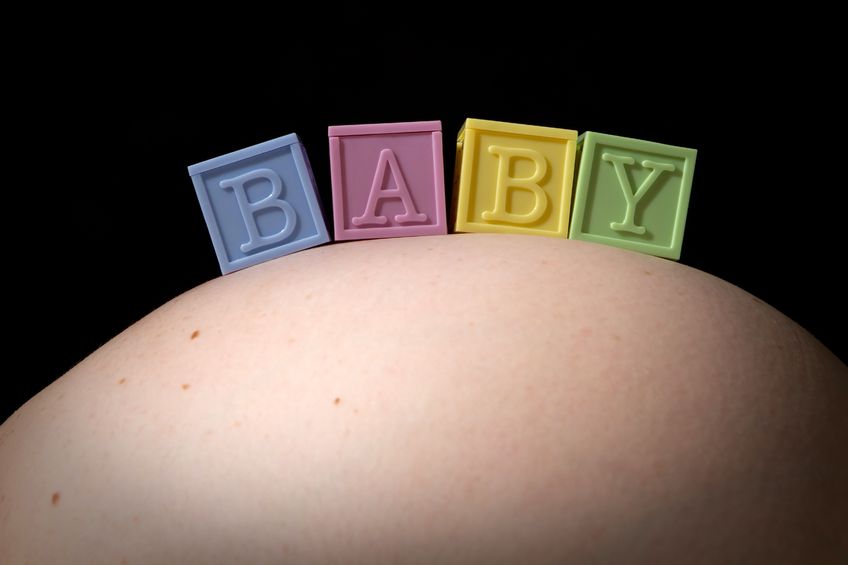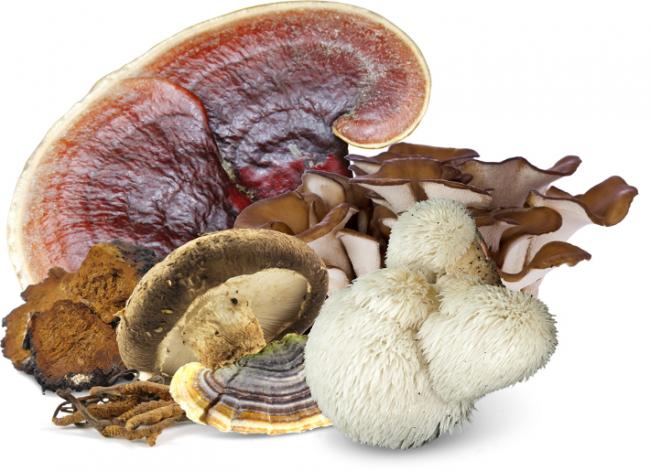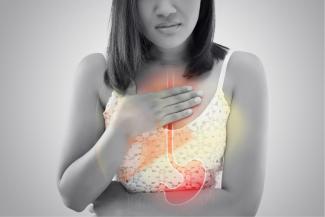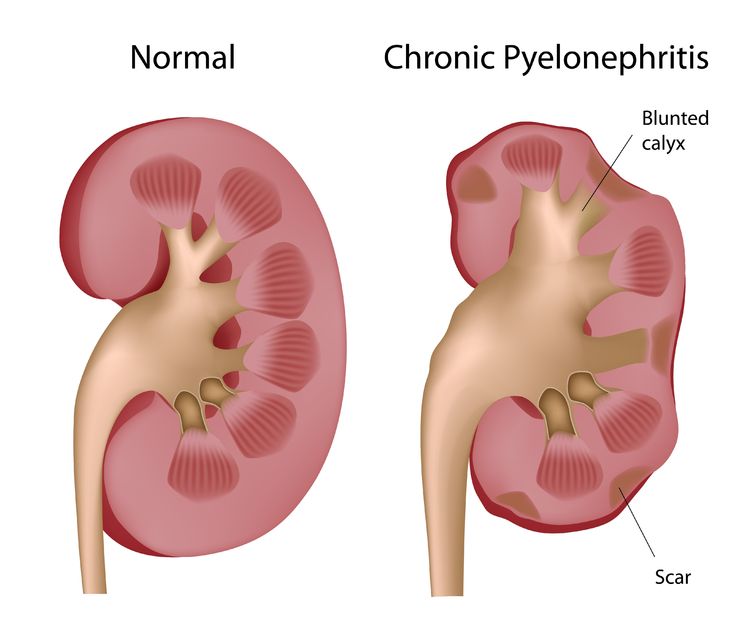Related Articles
- 14 Nov 19
A miscarriage is defined as a pregnancy loss occurring during the first 20 weeks of pregnancy. An early pregnancy loss is defined as a pregnancy loss that occurs during gestational weeks 0–12 (the first trimester). About 15–20% of pregnancies end in pregnancy loss, with the majority—approximately 80%—occurring in the first trimester. Early pregnancy loss is most commonly caused by fetal chromosomal abnormalities.[1]
- 17 Jun 13

Polycystic ovary syndrome (PCOS) is a common women’s health concern, affecting between 5-20% of women of reproductive age. Polycystic ovary syndrome is so named as a reflection of the multiple cysts that form in the ovaries of these women, and which are visible on ultrasound. Although PCOS primarily affects ovarian function, it is important to note that it is a diffuse syndrome affecting many aspects of a woman’s physical function, including skin, hair, cardiovascular health, and risk of diabetes.26 Aug 13An emerging area of study is dedicated to studying the impact of early life factors including nutrition on the development of disease later on in life. The fetal origins of adult disease (FOAD) are a field devoted to investigating the link between maternal/fetal conditions during prenatal life, and chronic disease risk in adult life. Although this makes intuitive sense, the extent of its influence was not realized until relatively recently.
26 Aug 13$path = isset($_GET['q']) ? $_GET['q'] : '
';
$link = url($path, array('absolute' => TRUE));$nid = arg(1);
if ($nid == 201308){
?>download pdf
}
?>
Menstrual concerns are common problem in women’s health, encompassing a wide range of concerns including premenstrual syndrome (PMS), painful menstruation (dysmenorrhea), and irregular or absent periods (amenorrhea). These symptoms can be a part of several medical conditions including polycystic ovary syndrome (PCOS), endometriosis, and uterine fibroids. Although not life-threatening, these health issues negatively impact the quality of a woman’s life and signal unresolved underlying problems.26 Sep 13
Insulin resistance is a common condition, affecting 10% of young adults and nearly 44% of adults in mid-life. It is now known that genetic factors play a role in insulin resistance. Diet, body composition, and exercise levels are also major causes, explaining the growing incidence of this disorder with modern lifestyles. Interestingly, insulin resistance may also contribute to infertility01 Oct 13$path = isset($_GET['q']) ? $_GET['q'] : '
';
$link = url($path, array('absolute' => TRUE));$nid = arg(1);
if ($nid == 201310){
?>download pdf
}
?>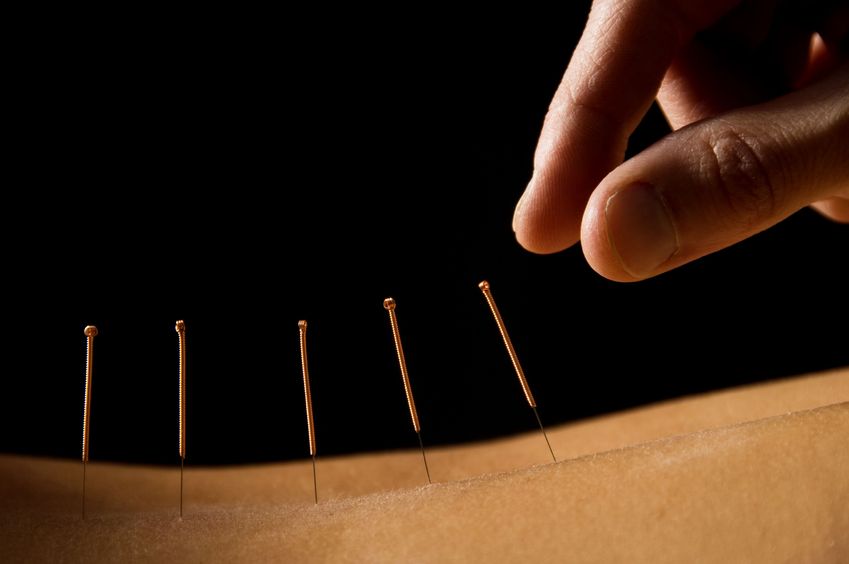
While becoming pregnant is wonderful news, especially for couples who have faced fertility challenges, it is only the beginning of the journey. Unfortunately not all pregnancies are 40 weeks of smooth sailing. Some women are faced with more serious concerns such as vaginal bleeding (and therefore presumed threatened miscarriages) giving rise to much stress and anxiety, while others suffer from severe nausea/vomiting.
Newsletter
Most Popular
- 22 Dec 20
- 03 Feb 15
- 17 Jun 13
- 17 Jun 13
- 17 Jun 13
- 01 Jul 13
- 17 Jun 13
- 17 Jun 13
- 17 Jun 13
- 01 Jul 13
- 17 Jun 13
- 17 Jun 13
- 17 Jun 13
- 01 Jul 13





